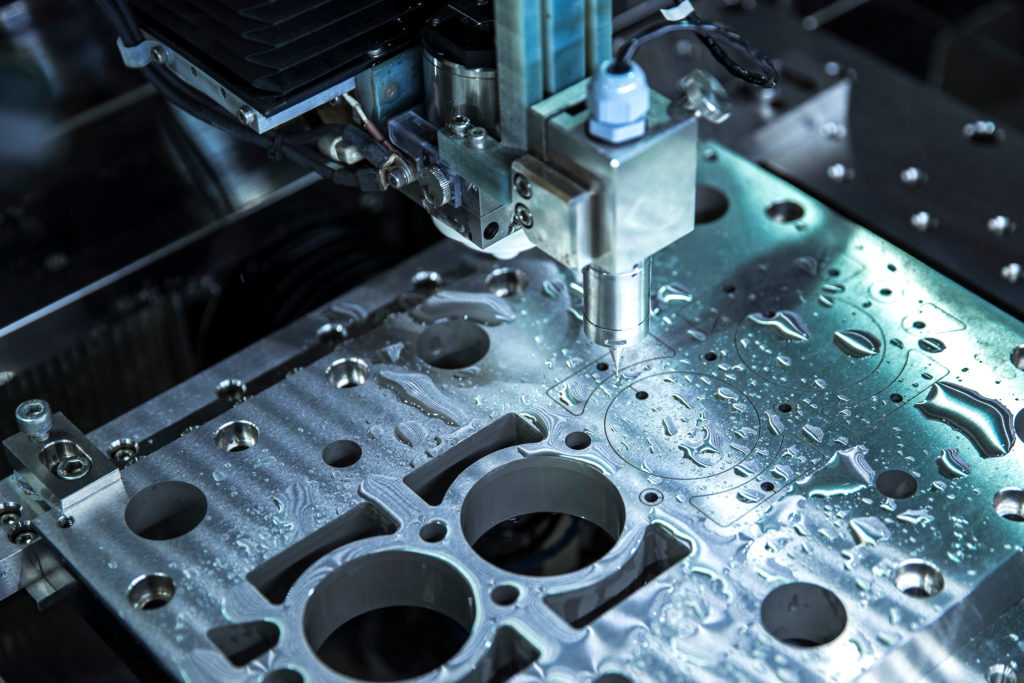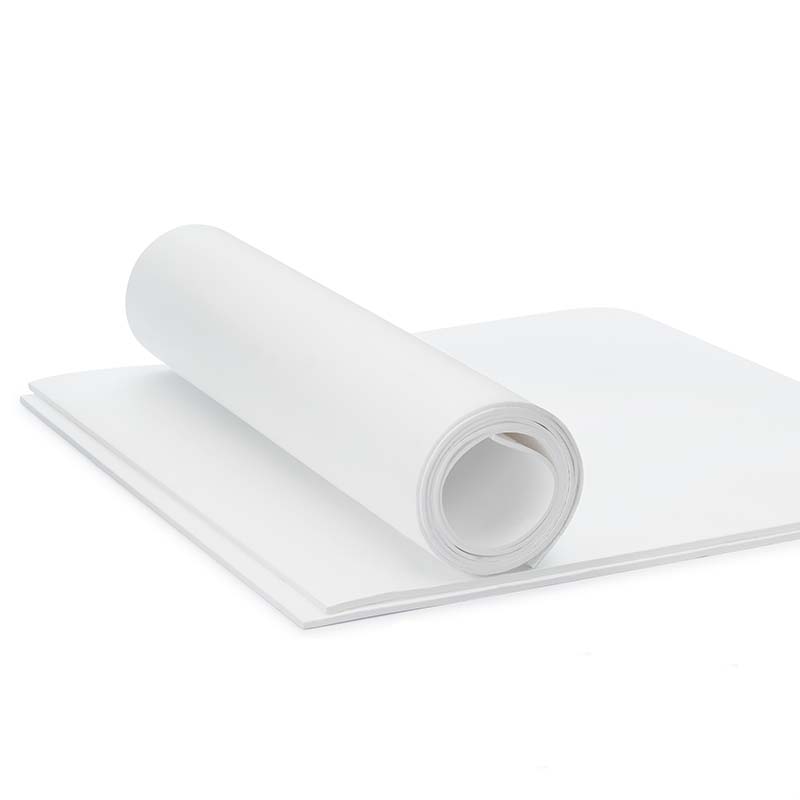
Computer Numerical Control (CNC) machining is a manufacturing process that uses pre-programmed computer software to dictate the movement of the tools and machines. It allows devices such as lathes, mills, and grinders to cut three-dimensional objects.
To understand CNC machining, we are going through a basic overview of CNC machining, including terminology, how they work, and the advantages and limitations of a CNC machine.
Terminology
Understanding the terminology associated with CNC machining is the first step to understanding CNC machining. CNC stands for computer numerical control. A computer and CAM software are used to animate, control, and observe the motions of the machine using digital data.
CAM stands for computer-aided machine or manufacturing. It uses different software programs to generate tool paths and NC code for a CNC-operated machine based on data from 3D computer models. CAM only uses CAD to generate code for the device to follow.
CNC machines could be robots, sheet metal stamping machines, lasers, grinders, lathes, water jet cutters, or welders. The computer controlling these machines is often an onboard controller. However, the controller may also be an external PC.
How Do CNC Machines Work
CNC machines cut a desired piece based on what is programmed into the system. Therefore, it begins with designing the component. This step is necessary to establish the dimensions and features of the finished product.
Often the component design takes place in a CAD-CAM package. It allows the flow to continue through the program without going through file translation. Suppose they are not in the same package or software package. Then the CAD models will have to be imported into the CAM software.
Designing the component using CAD software allows you to construct the real piece and see what it looks like on the screen. The program is a code generator for the CNC machine that compiles coordinates to direct the cutting head during the manufacturing process.
The final step in CNC machining is to choose the proper parameters. These include:
- Voltage
- Cutting speed
- RPMS
The software will choose how the parts are arranged and oriented in relation to the raw materials. The part shape and tooling influence the configuration of the other parameters and equipment used.
Open and Closed Loop CNC Machining
CNC machining takes place in either an open-loop or closed-loop system. Open and closed-loop refer to the control process of the system. The position of the piece is determined by the type of system used.
The signal runs in a single direction between the CNC and the motor in an open-loop system. This system uses stepper motors, but the use of stepper motors doesn’t necessarily indicate an open system. This system is commonly used when the forces and speeds are minimal.
In an open system, once the motor is in place, the controller has no feedback. That means unless a limit switch is tripped, the controller runs the operation as if there are no errors.
A closed-loop system allows the controller to receive feedback. Because the controller can receive feedback, the controller can rectify irregularities and correct errors when necessary. There are two types of closed-loop systems. With the first type, the return signal feeds directly into the controller. The other type returns the signal feedback to the PC running the program.
A closed-loop system is necessary to ensure speed and consistency. It is the ideal choice for accuracy in creating a part. However, because there are more working parts, they have more components that can fail and be harder to tune.
CNC Machining Advantages
There are many advantages of using CNC machining for part manufacturing. For one, it is an excellent method for producing multiple parts that are identical to one another. If you need upwards of 100 parts, CNC-machined parts are more cost-effective than 3D printing.
CNC machining creates precision pieces. With a tolerance of +/- 0.127mm, machined parts come down to +/- 0.005mm. The equipment can produce them quickly.
CNC machines can be used with various materials. Alloys such as zinc and magnesium are standard materials. In addition, aluminum, steel, brass, and titanium are common choices.
Limitations
While CNC machining has many advantages, the process has several limitations. One of them is using older machines to perform this process. CNC machines require a system that can perform demanding tasks. As a result, older computers and devices may not be able to handle the tasks.
Another limitation is that most CNC controllers may be constrained by only comprehending circular arcs and straight-line motions. Archs are often allowed on the main XYZ planes. However, some parts require a five-plane rotation that some controllers can’t comprehend.
Conclusion
CNC machining is a significant advancement in manufacturing with the aid of computer technology that will give you accurate parts. It is a quicker and more efficient way to produce parts.

